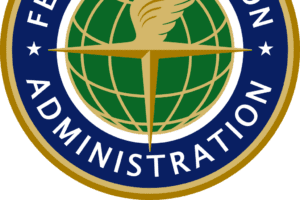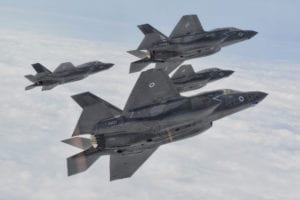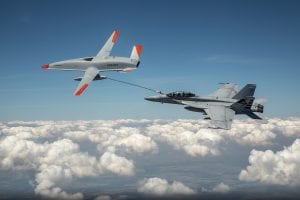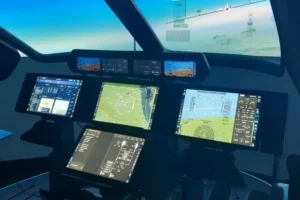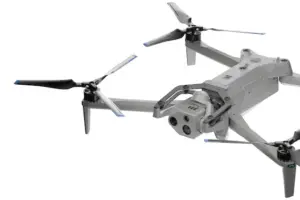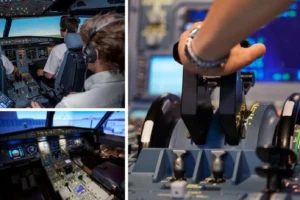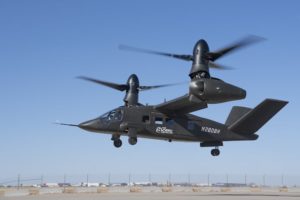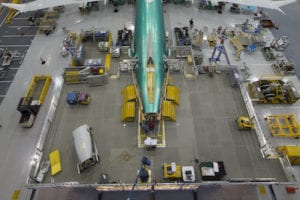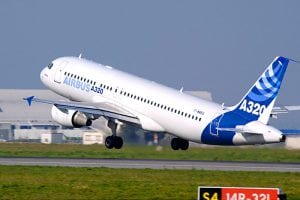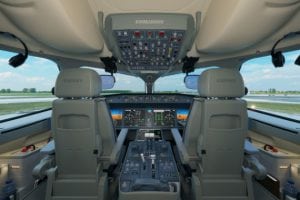Commercial, Military, Unmanned
FAA Task Force Recommends UAS Registration Requirements
By Woodrow Bellamy III | November 25, 2015
Send Feedback
[Avionics Today 11-25-2015] The FAA’s Unmanned Aircraft Systems (UAS) Registration Task Force (RTF) Aviation Rulemaking Committee (ARC) has released its final report providing recommendations for registration requirements and process for small UAS. If adopted by the FAA, the registration process would cover the use of UAS both commercially and recreationally.
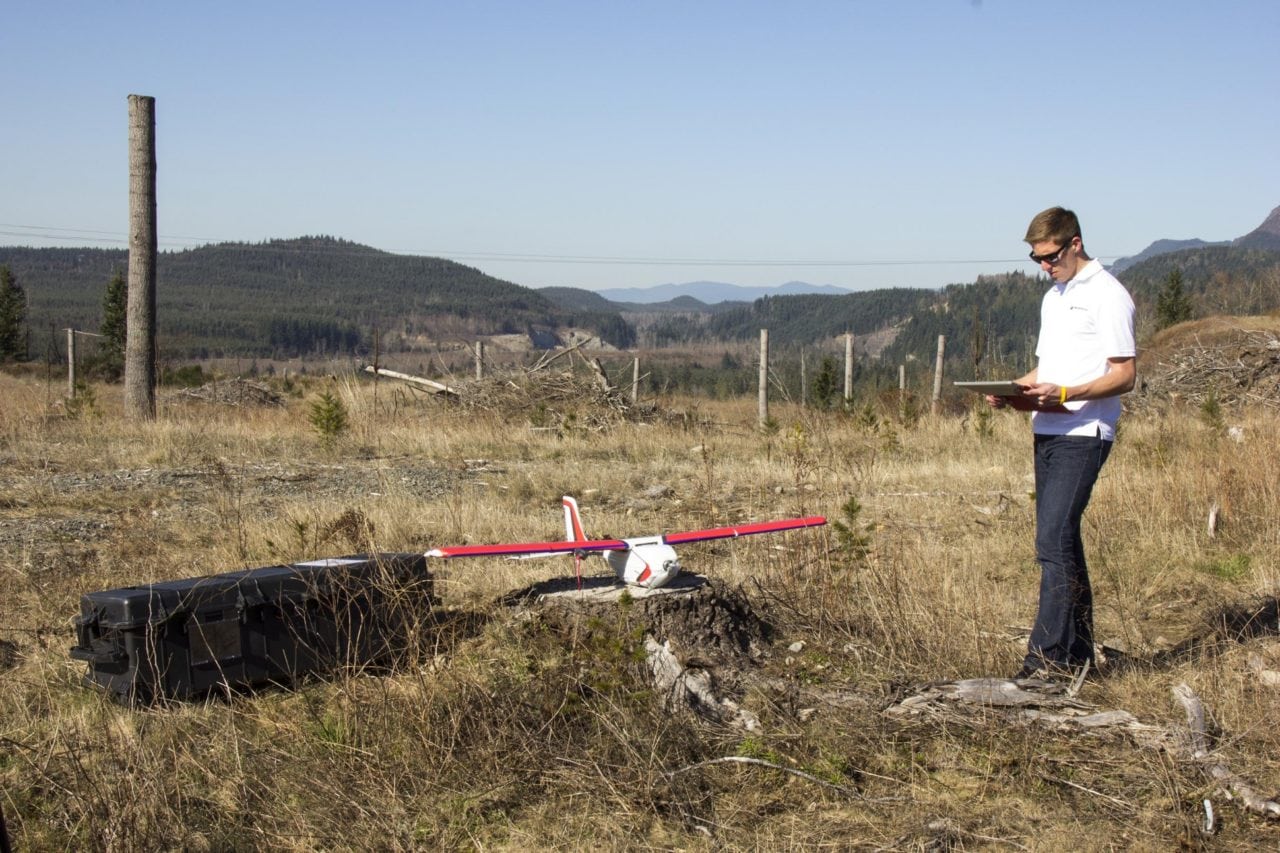
A PrecisionHawk UAS. Photo: PrecisionHawk.
Department of Transportation Secretary Anthony Foxx and FAA Administrator Michael Huerta assembled the task force in October to help build a culture of accountability and responsibility for new UAS users that have no experience operating in the National Airspace System (NAS). Foxx and Huerta were also looking to address the increased number of sightings of small UAS by pilots during final approach to major airports, as well as at altitudes of 5,000 and even 10,000 feet.
Instead of keeping track of every UAS out there, the task force recommends registering the names and street addresses of all operators. The recommended registration system is completely “owner-based,” and, if adopted, would not require registrants to disclose the make and model of their small UAS.
“Because the Task Force is recommending the FAA institute an owner-based registration system, it believes registrants should not be required to provide any aircraft information, such as serial number or make and model of the UAS during the registration process. Registrants should, however, have the option to provide the aircraft’s manufacturer serial number, so that the serial number can then be used to satisfy the marking requirement,” the task force said in its report.
Additionally, the registration process requires UAS applicants to fill out the electronic registration form over the Internet. The applicant would then receive an electronic certificate and registration number that must be displayed on the aircraft prior to operating it within the NAS.
The task force is also recommending that the FAA exempt from the registration requirement any unmanned aircraft weighing 250 grams or less. That exclusion was based on a maximum weight defined as the maximum weight possible including the aircraft, payload and any other associated weight, or in manned aircraft terms, the “maximum takeoff weight.”
“Task force members representing manned aircraft organizations expressed specific concerns that data on UAS aircraft collisions, engine ingestion, propeller, and rotor impacts by UAS was not available when determining the weight threshold. All members urged the FAA to expedite its work currently underway in this area,” the task force recommendation report said.
While the registration process does not require registrants to pass any certification courses or flight testing type of program, the task force did recommend that the registration process include an education component similar to the information provided by the FAA’s “Know Before You Fly” campaign.
Companies and agencies included on the task force were: 3D Robotics, Amazon, the General Aviation Manufacturers Association (GAMA), GoogleX, and the National Business Aviation Association (NBAA), among others.
In a statement released in reaction to the recommendations, Jim Coon, senior vice president of government affairs for the Aircraft Owners and Pilots Association (AOPA), called the recommendations a good start, but states that the “drone industry is relatively new, and we need to be prepared to make adjustments as we learn more.”
“Throughout the process, AOPA argued for rules that would ensure safety, protect the National Airspace System, and support participation and innovation in the drone community. We hope to see the drone industry continue to develop technical solutions that will help make it possible for them to safely share the National Airspace System with manned aircraft,” said Coon.
The task force recommendations come as the commercial UAS industry continues to await the FAA’s publishing of its long awaited official federal rule regulating the commercial operation of UAS. During an FAA hearing held by the House Oversight and Government Reform Committee in June, FAA Deputy Administrator Michael Whitaker said the agency will publish the rule by June 2016. The FAA estimates 700,000 new unmanned aircraft will be sold during the upcoming holiday season.
